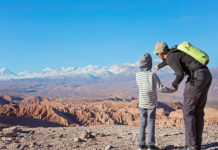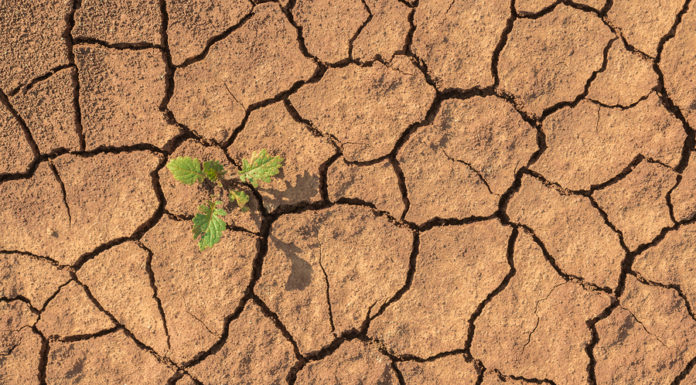When trying to find food that is safe to eat in the wilderness, it is very important to be knowledgeable in order to avoid plants that can cause serious illness and even death. There are many plants that can be located in the wild that provide nutrition. Continue reading for 5 tips on determining which plants are safe to eat in the wilderness.
1. Looks
The first thing you want to do when evaluating the edibility of a plant is to take a look at the plant. Some things to look for that usually indicate that a plant is poisonous:
● Shiny leaves
● Milky sap
● Groups of three leaves
● Thorns or hairs
● Spikes or spines
● A strong unpleasant smell
● Bitter taste
● Yellow or red berries
2. Avoid All Mushrooms
Mushrooms are extremely hard to differentiate, and there are numerous mushrooms that cause illness and even death within a couple of hours. It is always wise to avoid all mushrooms in the wild at all costs, even if you believe you have found a type that’s not poisonous. It is always better to be safe rather than sorry.
3. Conduct Tests
There are a number of ways that you can test plants for edibility:
-Rub the plant on your skin hold it there for about 15 minutes. This is called a contact test. If you do not experience symptoms in 8 hours, you may move on to conduct further testing.
-Place the plant on your tongue and hold it for a few minutes. If you experience tingling, burning, or swelling of your lips or tongue, do not continue. If you do not experience these symptoms, continue.
-he next test is to chew the plant for about 10 to 15 minutes. If you still do not experience any symptoms, continue testing and swallow the plant.
-Wait a minimum of 8 hours before eating any more of the plant. If you don’t have symptoms in these 8 hours, it is safe to consume this plant.
4. Plants Similar In Appearance
Once you have found a plant that is safe for consumption, be sure to closely examine it and remember exactly what it looks like. Many plants have look-alikes that are extremely poisonous. Be sure to save a small part of the plant to carry around with you to use and compare to other plants while scavenging.
5. Other Options
While the fact that you have turned to scavenging for plants may mean you are out of options for things to eat, continue to look for other things such as fish or eggs. Relying only on plants is extremely risky, even for the professional outdoorsman. This is another of those cases where those outdoor survival do you a disservice. Those guys might be finding edible plants, but chances are that someone who’s an expert is right there to verify.
Keeping these five tips in mind, you will be able to recognize which plants may or may not be edible. Remember: relying on plants in the wild is a very risky act and must be done with caution.







